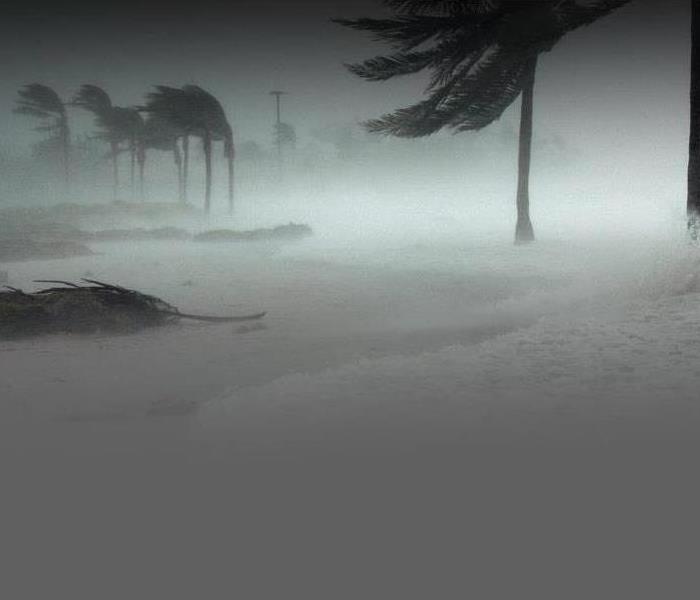Hurricane Basics
5/7/2018 (Permalink)
What
Hurricanes are massive storm systems that form over the water and move toward land. Threats from hurricanes include high winds, heavy rainfall, storm surge, coastal and inland flooding, rip currents, and tornadoes. These large storms are called typhoons in the North Pacific Ocean and cyclones in other parts of the world.
Where
Each year, many parts of the United States experience heavy rains, strong winds, floods, and coastal storm surges from tropical storms and hurricanes. Affected areas include all Atlantic and Gulf of Mexico coastal areas and areas over 100 miles inland, Puerto Rico, the U.S. Virgin Islands, Hawaii, parts of the Southwest, the Pacific Coast, and the U.S. territories in the Pacific. A significant per cent of fatalities occur outside of landfall counties with causes due to inland flooding.
When
The Atlantic hurricane season runs from June 1 to November 30, with the peak occurring between mid-August and late October. The Eastern Pacific hurricane season begins May 15 and ends November 30.
Basic Preparedness Tips
Know where to go. If you are ordered to evacuate, know the local hurricane evacuation route(s) to take and have a plan for where you can stay. Contact your local emergency management agency for more information.
Put together a go-bag: disaster supply kit, including a flashlight, batteries, cash, first aid supplies, medications, and copies of your critical information if you need to evacuate
If you are not in an area that is advised to evacuate and you decide to stay in your home, plan for adequate supplies in case you lose power and water for several days and you are not able to leave due to flooding or blocked roads.
Make a family emergency communication plan.
Many communities have text or email alerting systems for emergency notifications. To find out what alerts are available in your area, search the Internet with your town, city, or county name and the word “alerts.”
Source : www.ready.gov






 24/7 Emergency Service
24/7 Emergency Service
